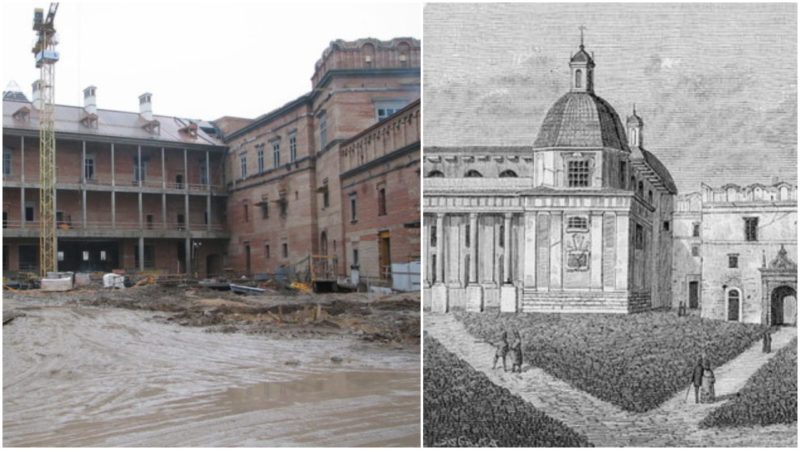The city of Vilnius is the capital of Lithuania and has a population exceeding 500,000. The second largest city in the Baltic states, it is referred to as “the Jerusalem of the North” in an article for The Guardian.
Within the city’s boundaries, one can easily locate the Palace of the Grand Dukes of Lithuania. The building has its roots in the 15th century, although the site had contained smaller stone structures since the 13th century. According to historians, there might have been a wooden palace on the site at some point in history.
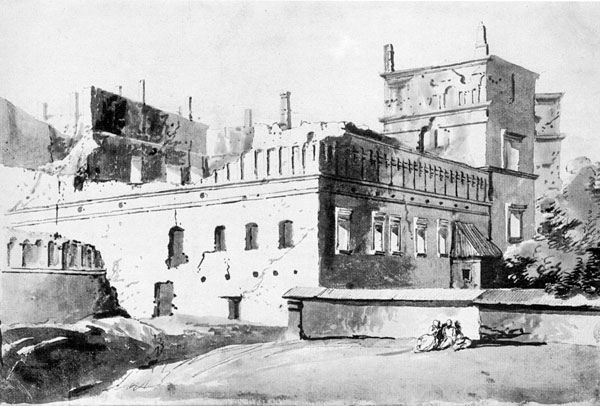
Construction of the palace commenced in 1419, after a fire that destroyed the older stone buildings. It was designed in Gothic revival architectural style. Once finished, the building spread over two stories. Alexander Jagiellon, the Grand Duke of Lithuania and later King of Poland, decided to relocate his residence to the palace, where he also held regular meetings with his ambassadors.
Alexander later married the daughter of Ivan III Vasilyevich and the two of them lived in the palace together. After Alexander, came Sigismund I the Old. During his reign, the palace went through its first renovations and was further enlarged.
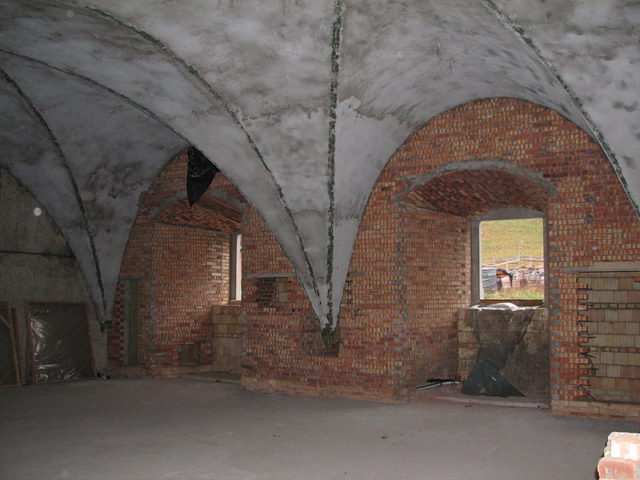
A new wing was erected and the palace received another floor. Sigismund I also decided to remodel and expand the gardens. Italian architect and designer of Wawel Castle in Kraków, Bartolommeo Berrecci, was tasked with the redesign.
It was in the palace that Sigismund I met with Bona Sforza, who was to become his second wife. Sigismund I the Old was succeeded by Sigismund II Augustus, his son. Sigismund II continued where his father had left off and made further improvements to the palace. His lived here with his first wife, Elizabeth of Austria.
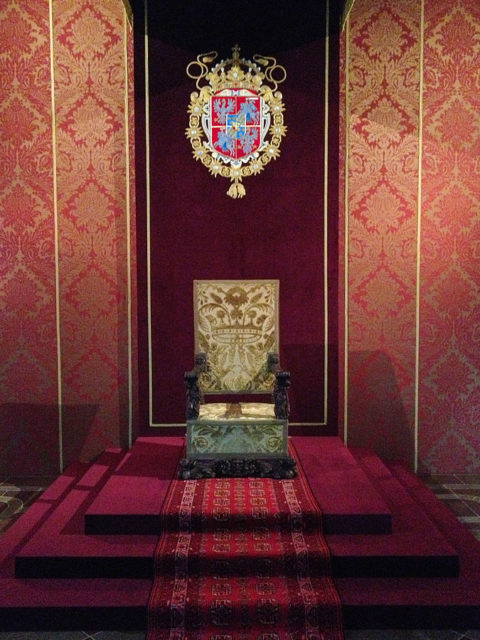
When she died in 1545, aged 18, Sigismund II was remarried to Barbara Radziwiłł. They were married in secret, and their marriage caused a scandal as it was opposed by Polish nobles. People often speculated that the palace had more riches than the Vatican, as Sigismund II was one of the most notable collectors of tapestries and books in all of Europe.
During the 16th century, the palace was re-shaped in the style of the Renaissance. The plan was so vast that a number of architects were hired, including the masters Bernardino de Gianotis Zanobi and Giovanni Cini da Siena.
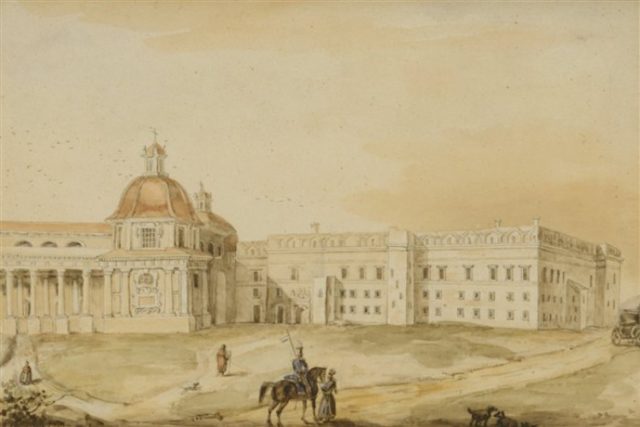
When Sigismund III Vasa came to the throne in 1578, the palace was again remodeled, this time in early Baroque style. The palace was a home to Lithuania’s first opera in 1634.
After the Russian invasion in 1655, the palace was under threat. In August the same year, the city of Vilnius was lost, though not for long. The Polish Army managed to claim back what was theirs, but the palace had already been badly damaged by a fire that swallowed it whole.
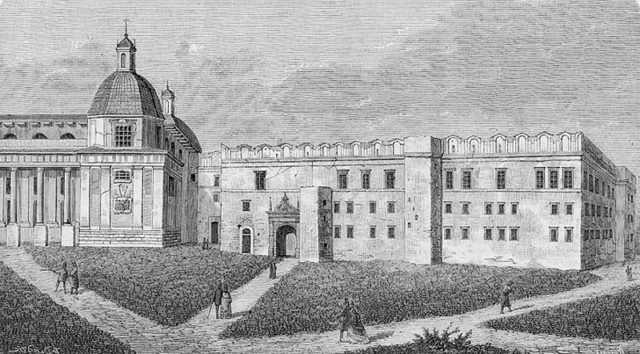
From that point on, the palace stood as an abandoned and plundered structure. It remained in this state of solitude for a century and a half. Towards the end of the 18th century, the building was inhabited by a number of families that had been hit by poverty. By the start of the 19th century, the palace had been completely demolished and the stones were sold as construction materials.
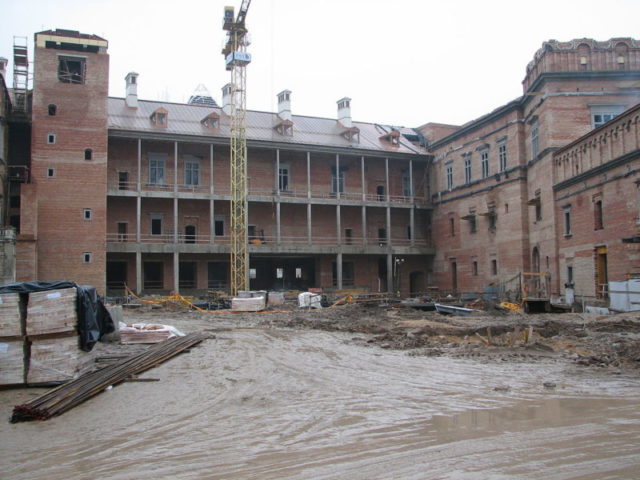
In 1989, the fall of the Iron Curtain occurred and Lithuania gained its independence. As a result, a number of archaeological digs were permitted to be held on the site of the former palace.
The excavations were stopped in 1994 due to insufficient funding. It wasn’t until the start of the new millennium when the decision was made to re-erect the palace.
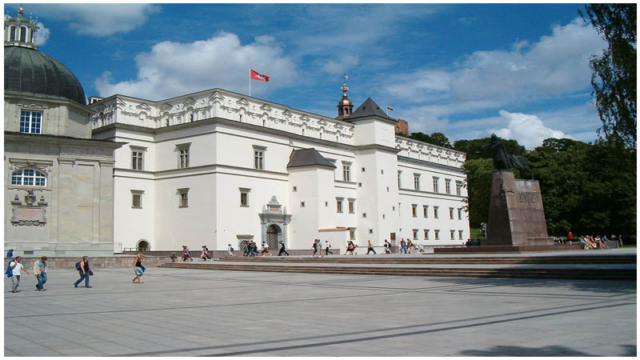
And so, in 2002, reconstruction commenced. Today, part of it serves as a museum and a tourist attraction.
